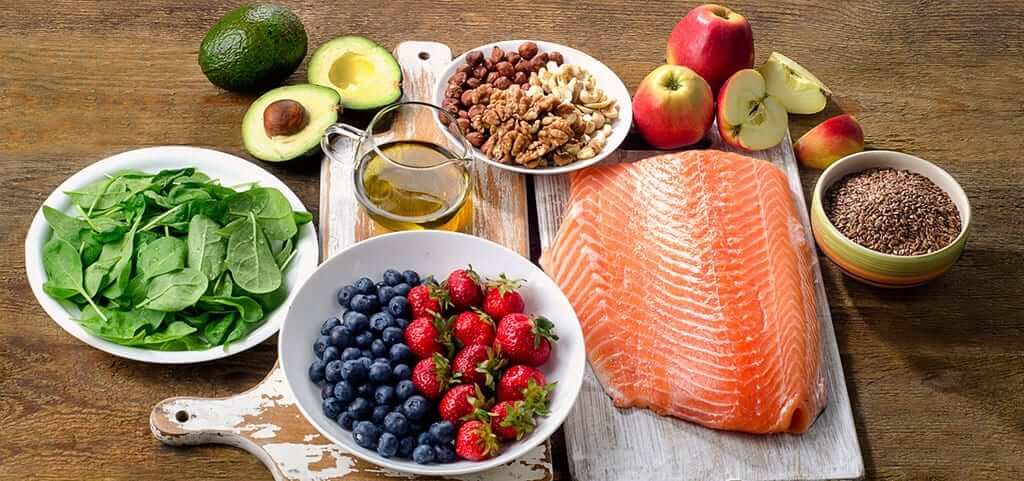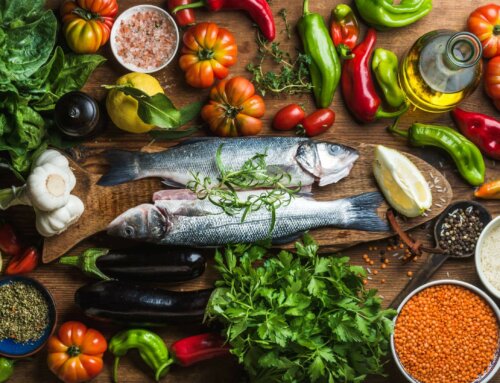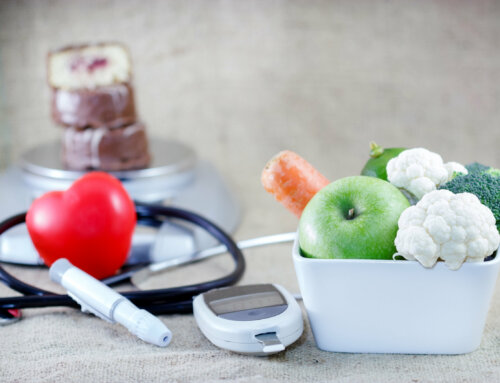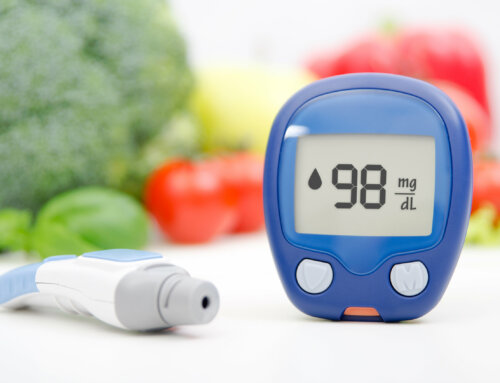This week during diabetes self management sessions, I taught at least five patients from the ages of 38-75, both male and female, who were too frightened to eat anything after hearing about their type 2 diabetes diagnosis. They decided to consume only clear soups, chicken, fish and salads. These patients were told by friends, neighbors and relatives in various words that ‘carbohydrates were the enemy and not to eat ANY bread, corn, fruit, beans, potatoes, cereals, grains, milk, yogurt, noodles, rice or sweets to help lower blood sugars”. Each patient was complaining of being weak and exhausted and had no idea why. Some of them attended the visit with the specific person who was “beating them up about eating carbohydrates” and actually noticed they were in a constant state of irritation. Only after we discussed the signs and symptoms of hypoglycemia (weakness, rapid heart beat or palpitations, headache, anxiety, hunger, irritability, jittery feelings, sweating, confusion and numbness in the lips) did they understand what had been happening. They had not started blood glucose monitoring and did not understand that numbers (70 or below) along with symptoms were indicators of low blood sugar. All diabetes type 2 patients do not suffer from hypoglycemia especially when not taking insulin or sulfonylureas (Glipizide, Glyburide or Glimepiride) but many do. I have even instructed pre-diabetes patients on no medications who suffer from symptoms of hypoglycemia. These patients and their significant others did not realize that the brain needs energy derived from carbohydrates and does not function well with too little glucose. Aside from diet, other reasons for hypoglycemia may include too much exercise, diabetes or other medications (including 325mg aspirin), alcohol intake and hormonal changes. Remember, treating hypoglycemia requires a starting dose of 15 grams of a fast acting carbohydrate such as 3-4 glucose tablets which should be available at all times.
Let’s review some basic dietary advice to help you feel good without making your blood sugars plunge or soar:
- Visit a diabetes education program or a CDE dietitian. You are generally entitled to multiple educational sessions when diagnosed with diabetes thru commercial and ACA health insurance. You will need a prescription/and or referral, but your primary physician or endocrinologist should be on board to furnish this for you. Diabetes education empowers you to be in charge of your present and future health along with your physician.
- Follow a meal schedule. I continue to treat patients who think skipping meals with diabetes will help their blood sugars go down. Eating balanced meals on time can help blood sugars stay on an even keel much more than skipping. Most diabetes professional organizations, including the ADA, still recommend eating small meals and snacks 5-6 times a day. Snacks do not mean more overall food consumption just less at each sitting. Those on rapid acting insulin (Novolog, Humalog or Aprida) are usually not permitted snacks except at bedtime. That is why proper education is critical since each person needs to follow an individualized program.
- Include 2-4 servings of healthy carbohydrates per meal depending on your individual situation, size, activity level, current weight and diabetes medication. Carbohydrates break down into glucose and glucose is needed for the brain and other cells of the body for energy. They do raise blood sugars faster than proteins and fats and therefore need to be eaten in proper portion size. Carbohydrates should include fruits(not fruit juice and minimum dried fruit) like berries since they allow for larger serving sizes, starchy vegetables such as corn, winter squash, potatoes, whole grains like oatmeal, bulgur, quinoa, faro, amaranth, wild rice, brown rice, whole grain breads and cereals, legumes- peas and beans. These foods are high in fiber, take longer to raise your blood sugar ( because your body digests it slowly) and are good for your digestive health. They contain minerals, vitamins and phytochemicals. Testing blood sugars 2 hours after meals (when compared with pre meals blood sugars) can give you information about how the carbohydrates react in your body. Low-fat dairy and yogurt are also considered worthwhile carbohydrate sources. Sweets should be eaten infrequently as a treat and traded out by eating fewer carbohydrates at that particular meal. Eat a variety of these foods and consider the portion size. Work with your health care provider to understand what a correct amount is for you.
- Learn about the Glycemic index. Although there is still controversy and contradictory information about using the glycemic index, it often works for better blood sugar control with certain patients. There are glycemic index food lists that compare specific foods and how they may raise your blood sugars. For example, compare steel cut oatmeal, traditional oatmeal and instant oatmeal. The more fine the food as in flakes of instant oatmeal, the quicker the blood sugar rise. It also concerns food particle size. Stay away from the processed and refined flours such as white or wheat included in high-sugar breakfast cereals, boxed snacks, pastries and breads.
- Eat lots of non-starchy vegetables since they are free. Broccoli, cauliflower, kale, asparagus, collard greens, parsley, carrots, green beans, spinach, celery, cucumbers, and more. Search for a complete list online and shop for your favorite ones. Keep them readily available for meals and snacks. Eat them fresh, frozen and steamed for the most nutrition and flavor.
- Consume healthy protein sources. These are needed for muscle growth and higher metabolism. The correct combination of carbohydrates eaten with protein can help keep blood sugar balanced with fewer swings. Eat eggs, egg whites, skinless poultry, fatty fish with Omega 3s, shellfish, lean grass-fed beef or heart-healthy beans for a vegetarian source. Avoid deli meats, bacon, sausage and hot dogs for the high sodium and saturated fat content. Protein portions should be limited even though they do not raise blood sugars like carbohydrates. Think about eating 1-3 ounces for breakfast, 3-5 ounces for lunch and 5-6 ounces for dinner for weight loss and improved diabetes control.
- You can eat good fats. Eat the monounsaturated fats which include avocadoes, almonds, pecans and olive oil. They are high in calories but when eaten in proper portion size, they may help lower bad cholesterol. A study in Diabetes Care in 2007 noted that “a diet high in monounsaturated fats may prevent fat from being distributed around the belly”.
- Choose low-fat dairy. Milk and yogurt are counted as carbohydrates and cheese is counted as fat or protein. Low-fat plain yogurt with a handful of nuts and berries can be a perfect breakfast. Use highly flavored cheeses including blue, feta, Parmesan and goat cheese since they will satisfy in smaller portions.
- Only drink calorie-free beverages. Drink zero calorie beverages such as water, sparkling water, Crystal Light, sugar free drops or diet soda, and plain coffee or tea to keep the calories based on food selections.
- Keep it easy or keep it interesting. Some patients are happy to eat the same foods daily to make life easy while others require a huge variety. You decide what works for you so that you can stay motivated. Record a food diary to track how often you eat food choices/portions and share with your educator.
It can be challenging to have diabetes since it requires multiple lifestyle changes. The initial diagnosis is often overwhelming for people until they receive proper counseling and education. Be the one to get the correct information early on so you can feel well and prevent future complications. You can do this!!
NOTE: Consult your Doctor first to make sure my recommendations fit your special health needs.







I am a 2 year type 2 diabetic, 63 years young, I take one Metformin daily. I particularly love the article. I do have one question. In the article, you state that non-starch vegetables are “free”. I’m taking this to mean “do not count the carbs.” Currently, my doc has me on a 30/carb meal, 2 to 3 15/carb snacks. I actually find this fairly easy to adhere to. However, I’ve been counting my non-starch veggies – usually less than 10 points. I know that the next visit I have with my doc, I’ll ask her, but I wanted to make sure that’s what you are saying. Sometimes, just eating carrots will take away an urge to snack.
Thank you for your hard work. It really helps me.
Prissy Stanley